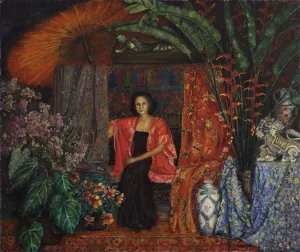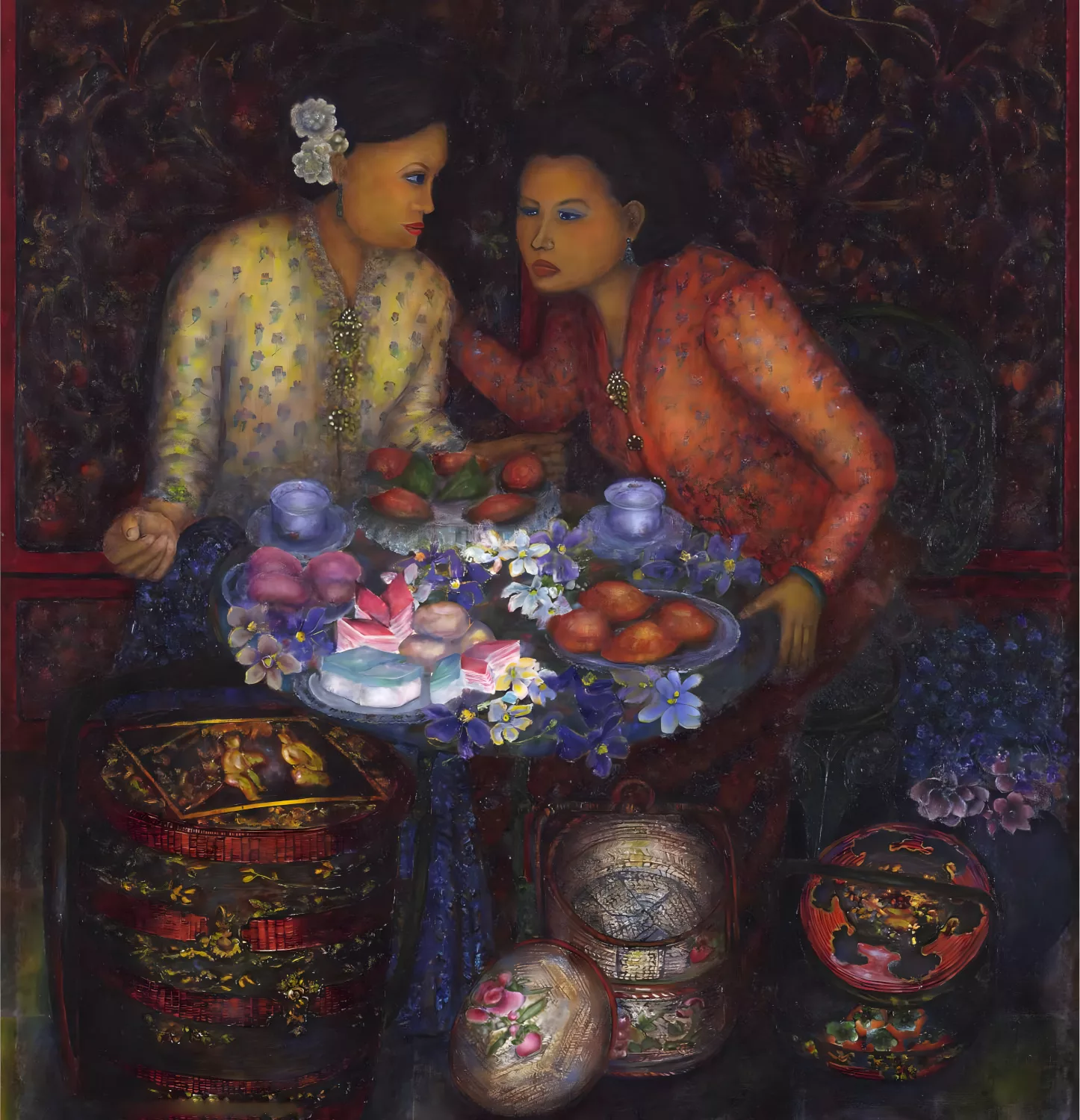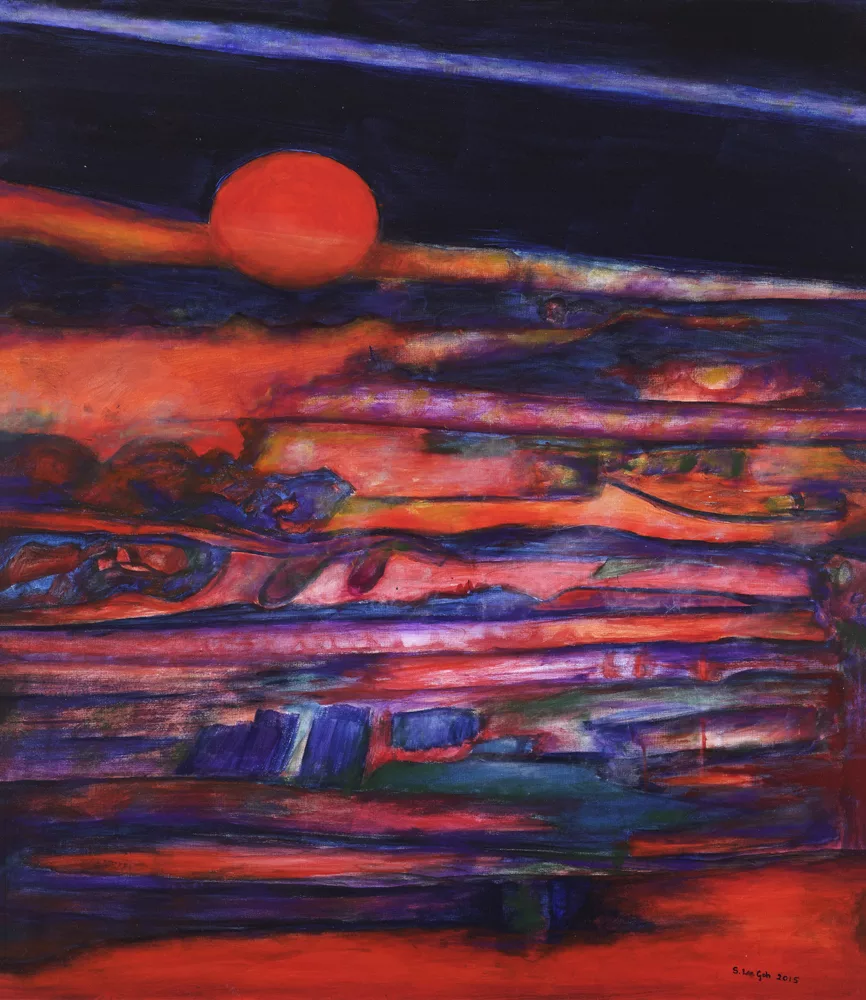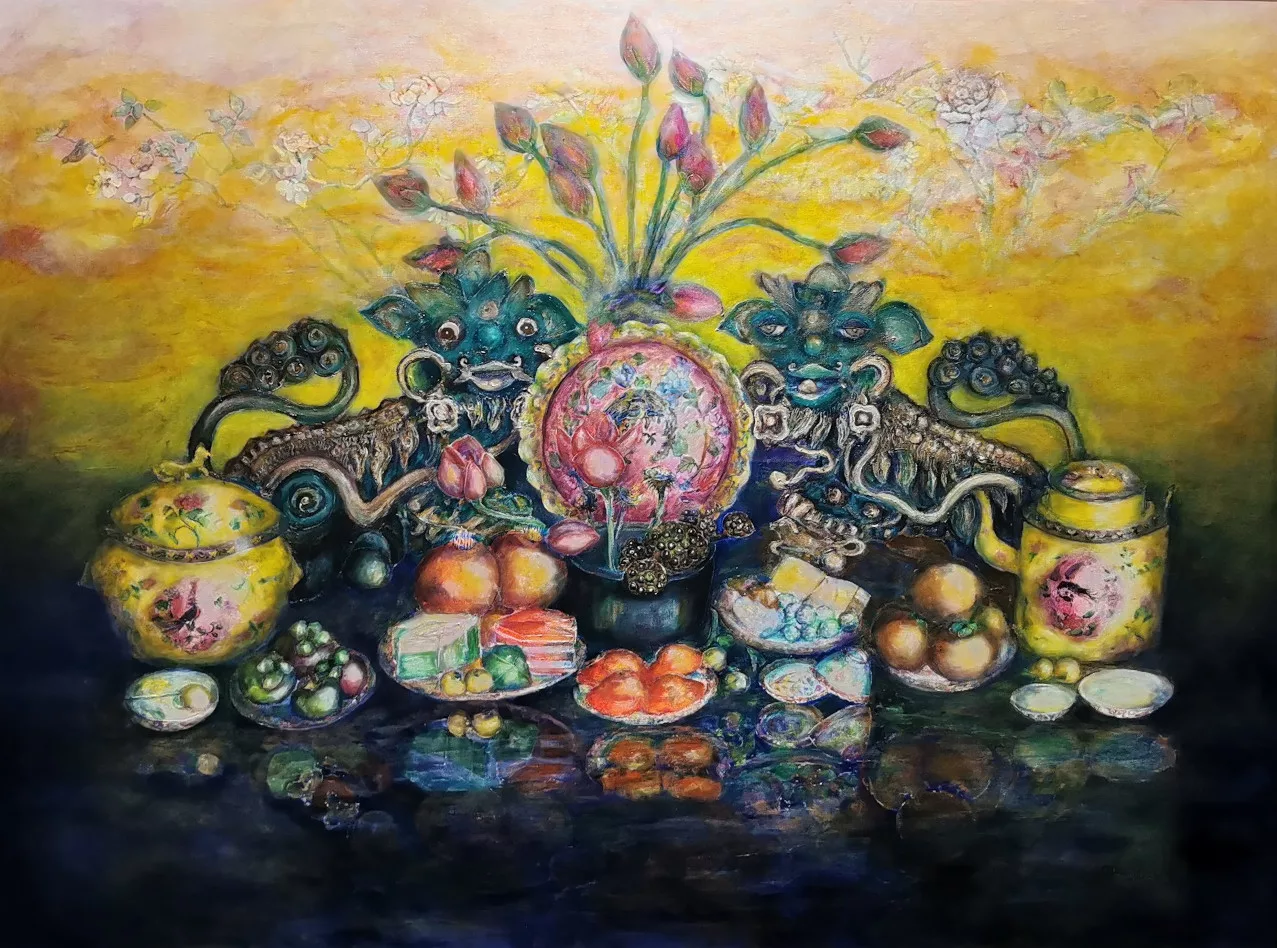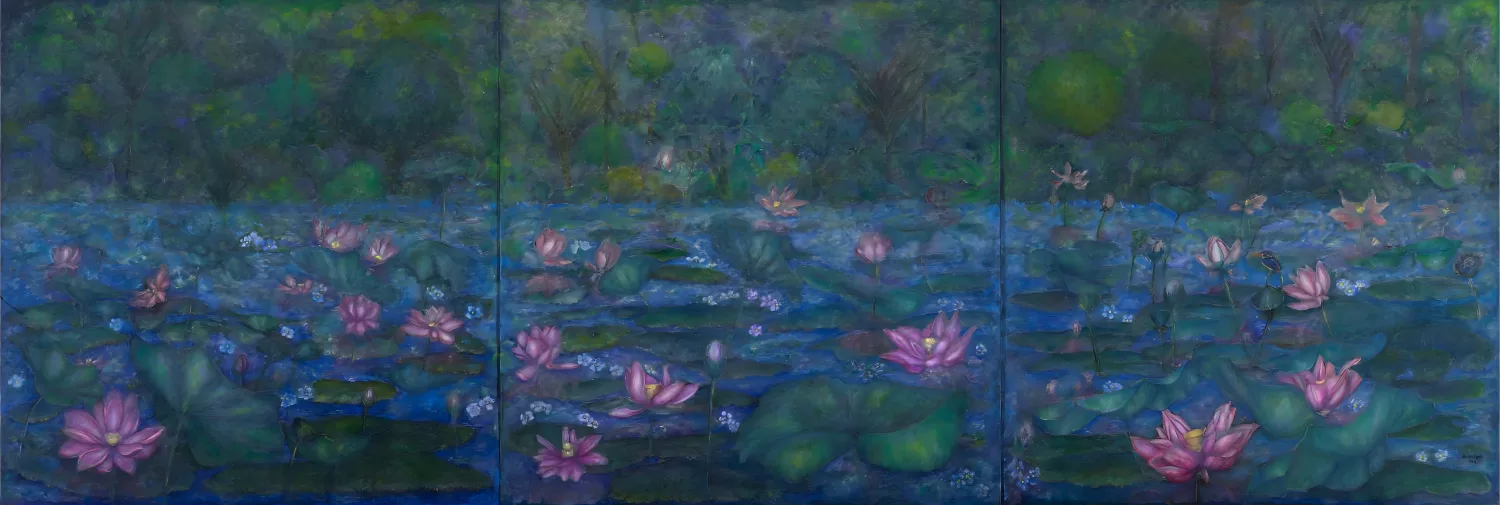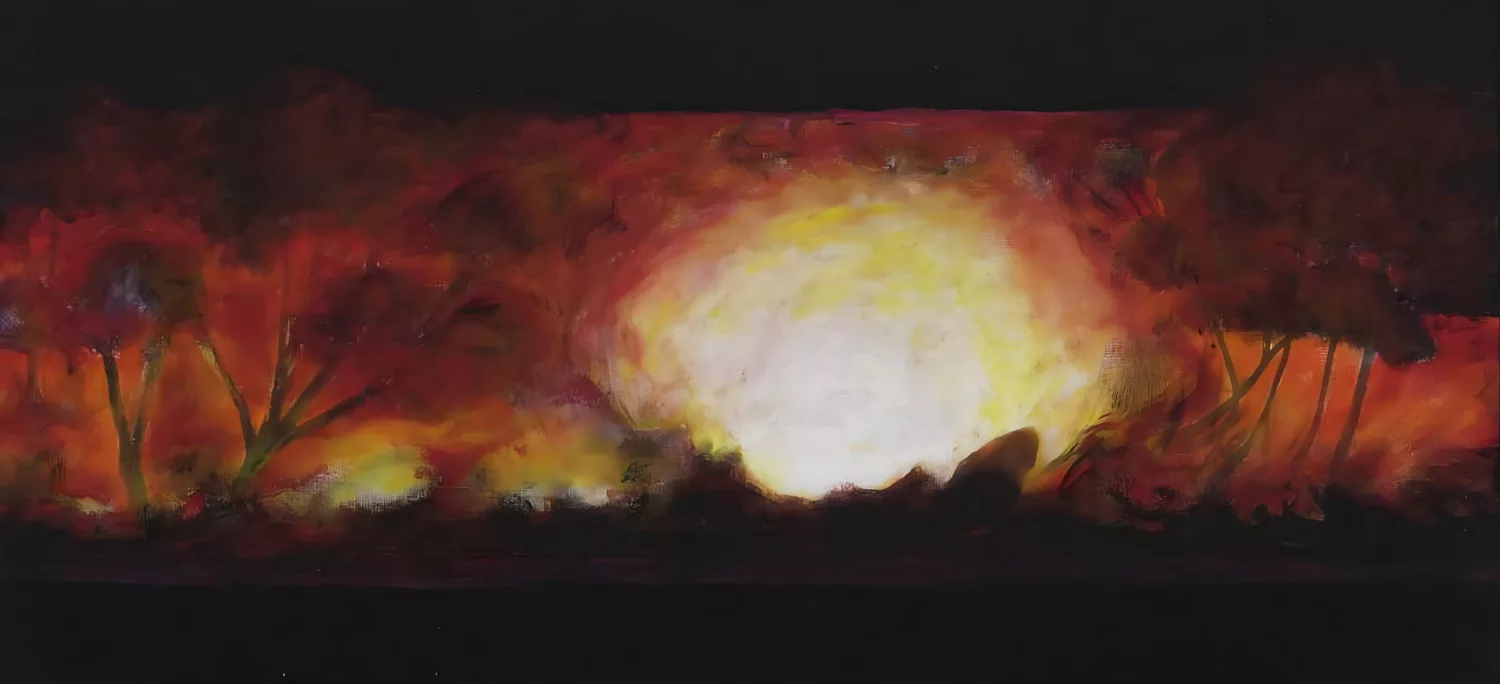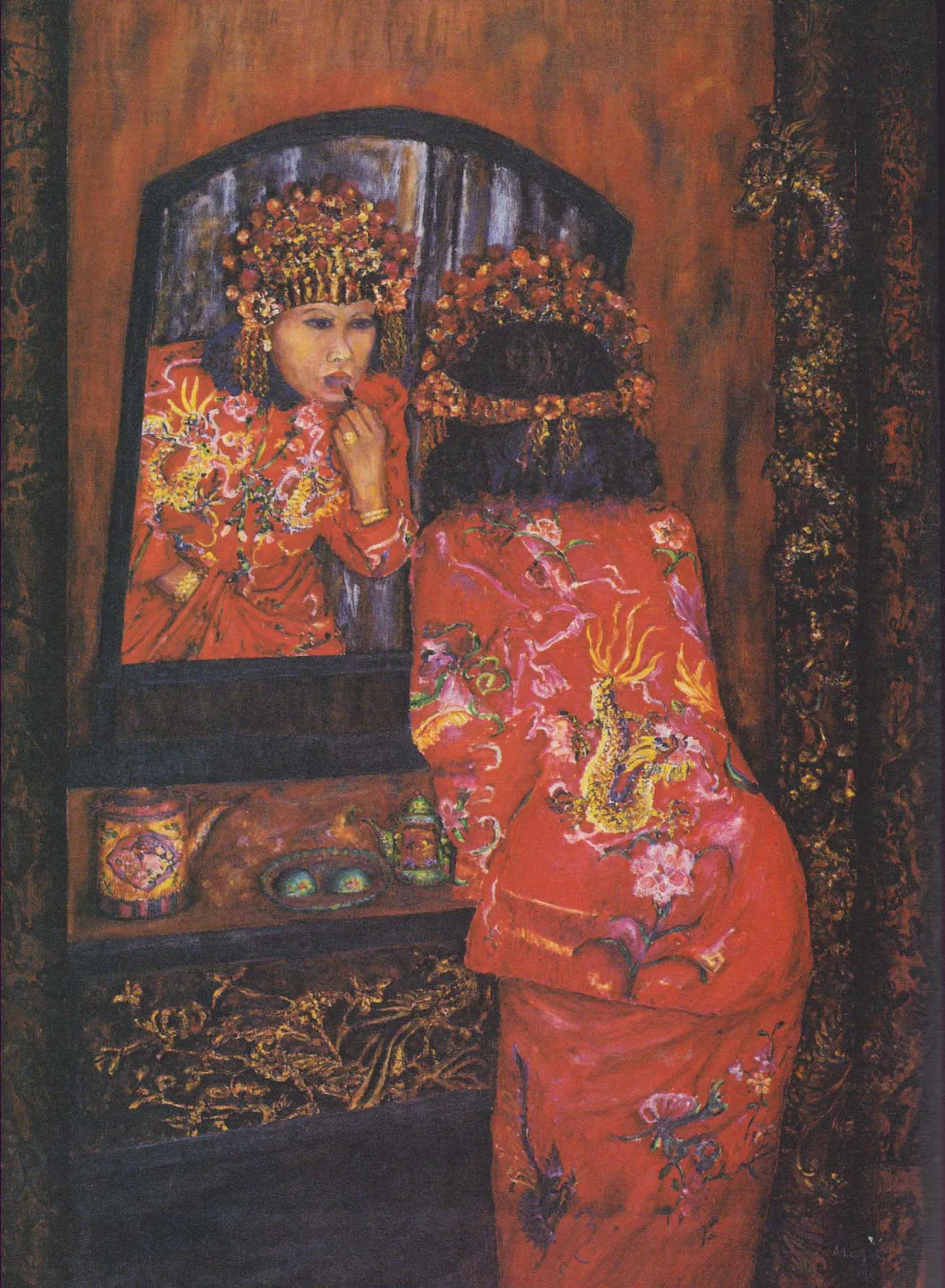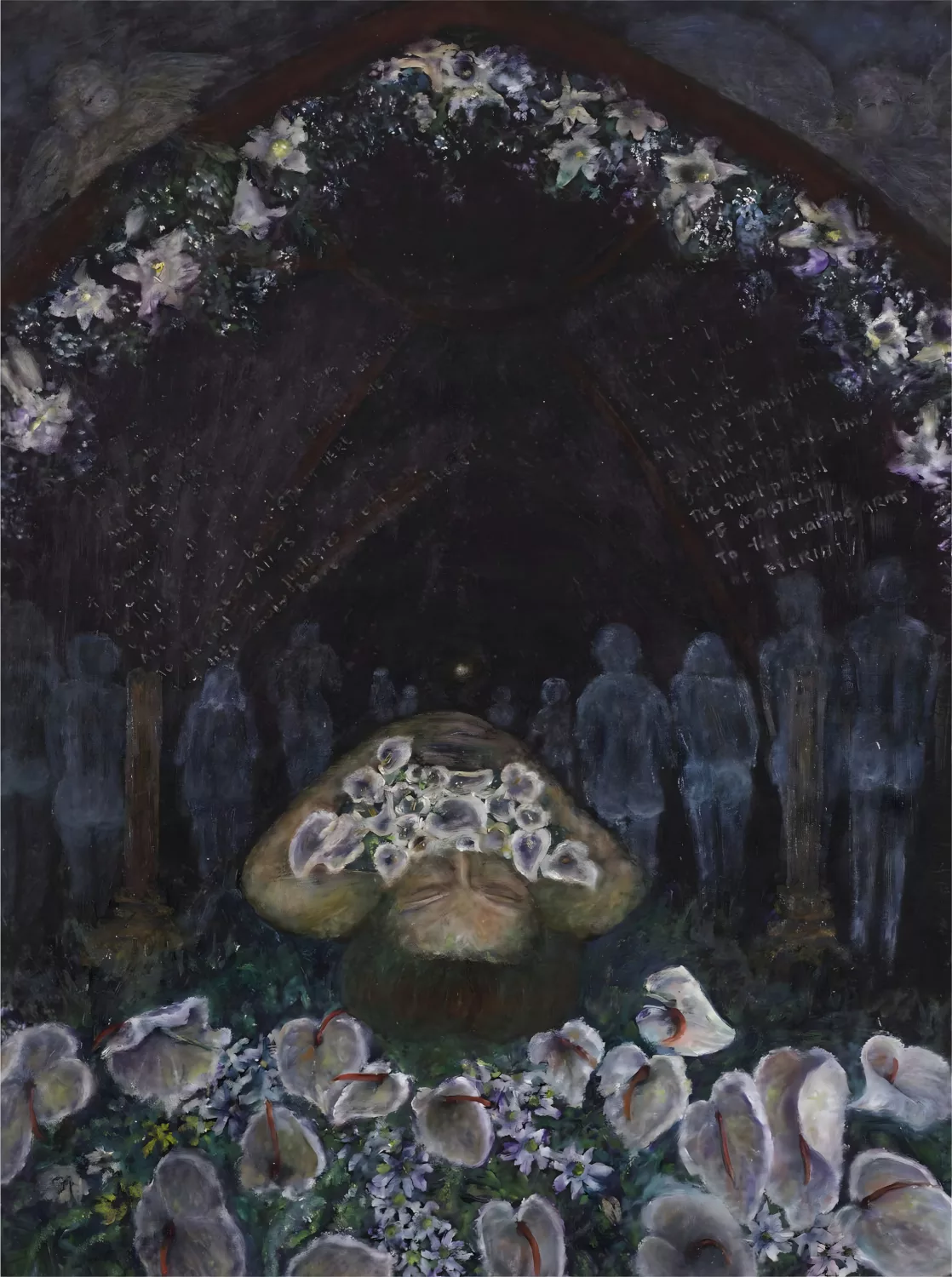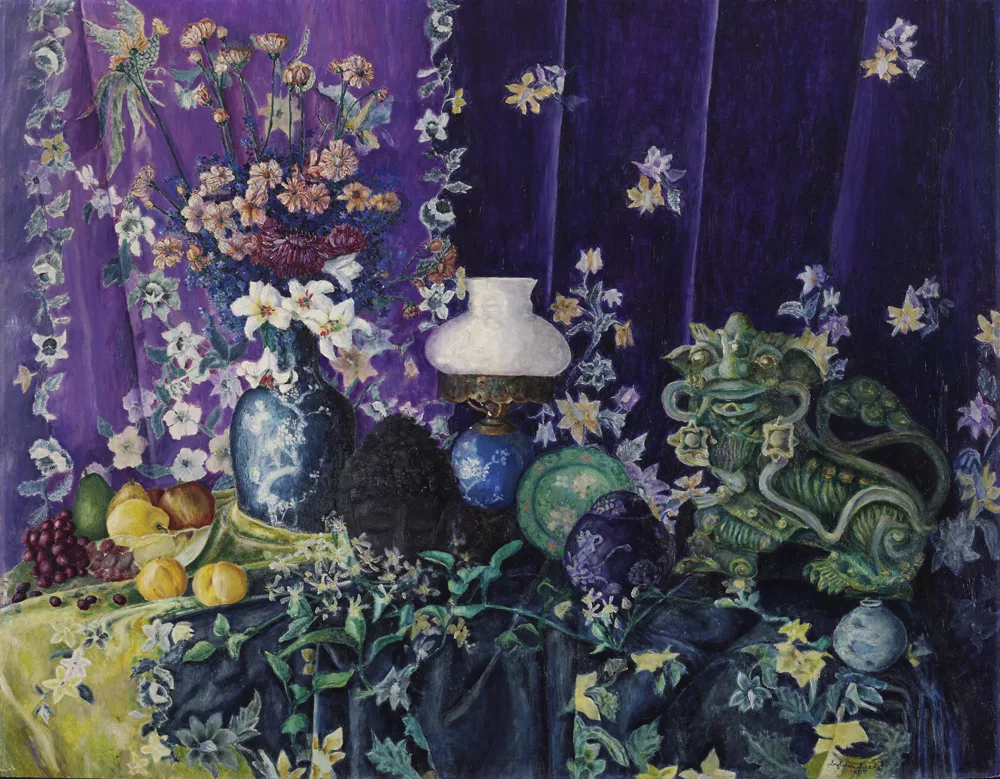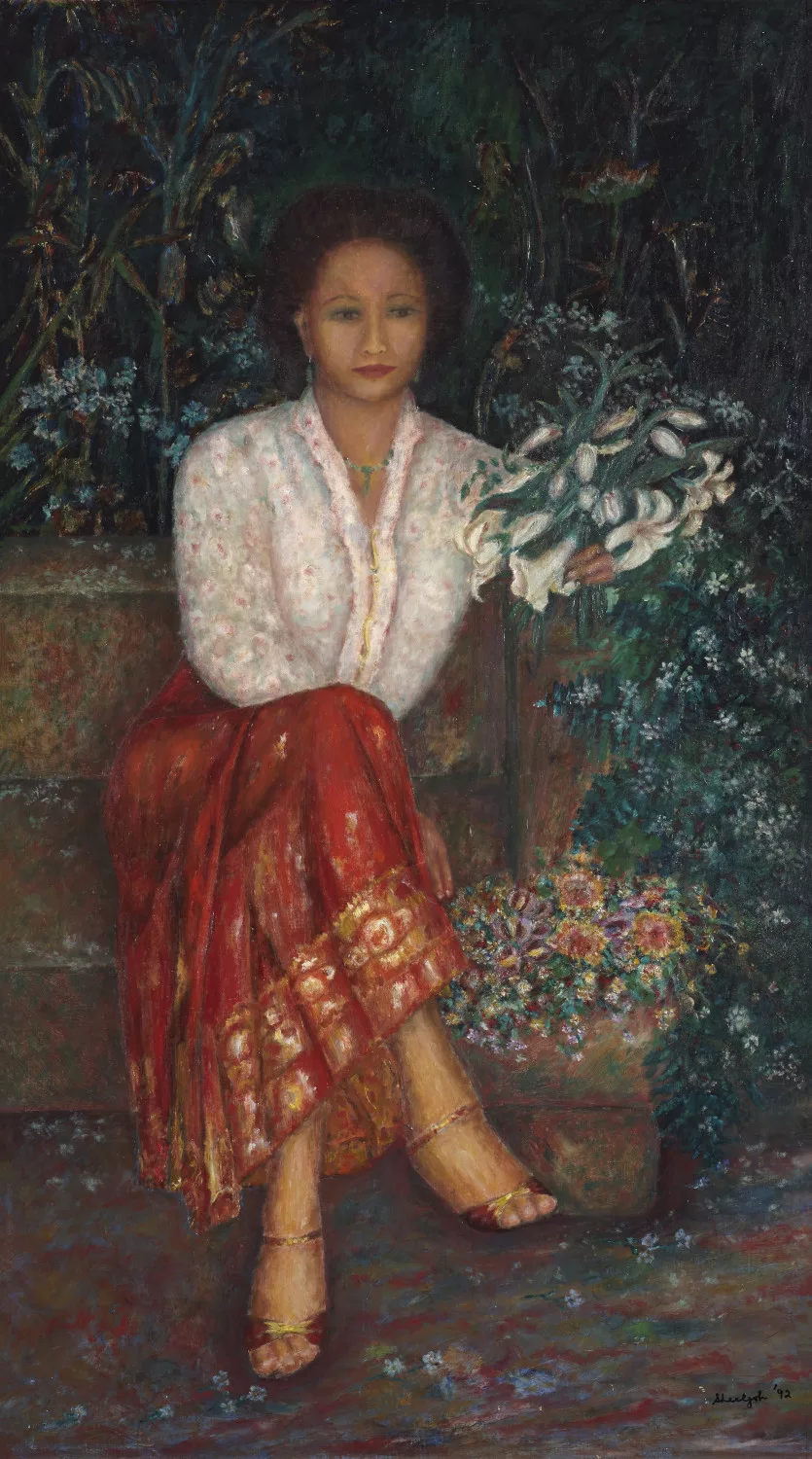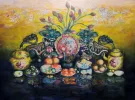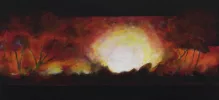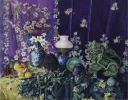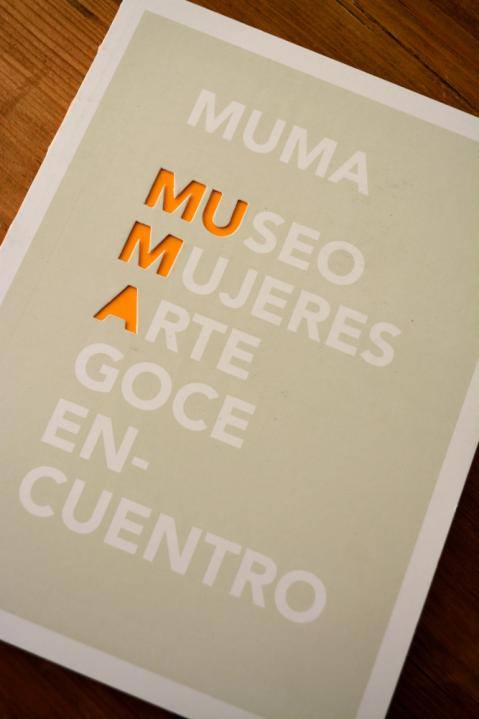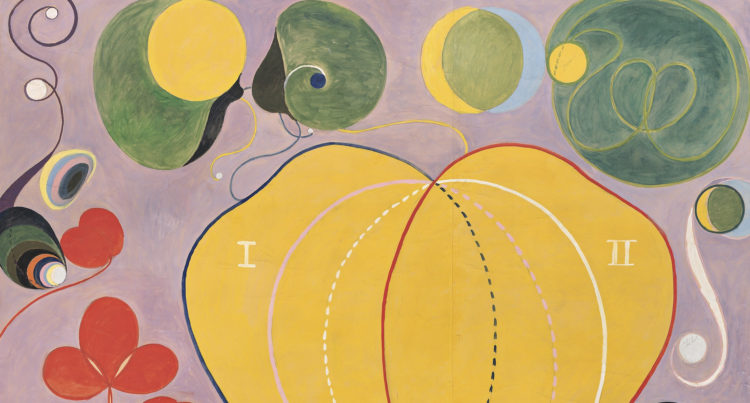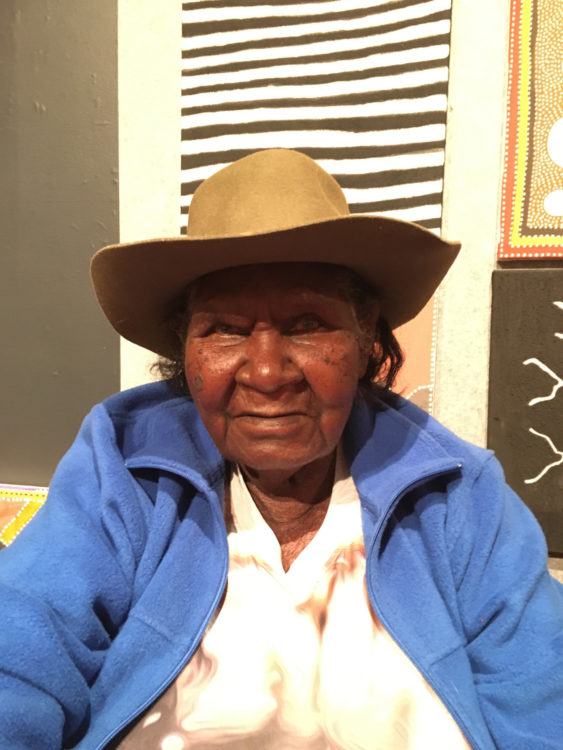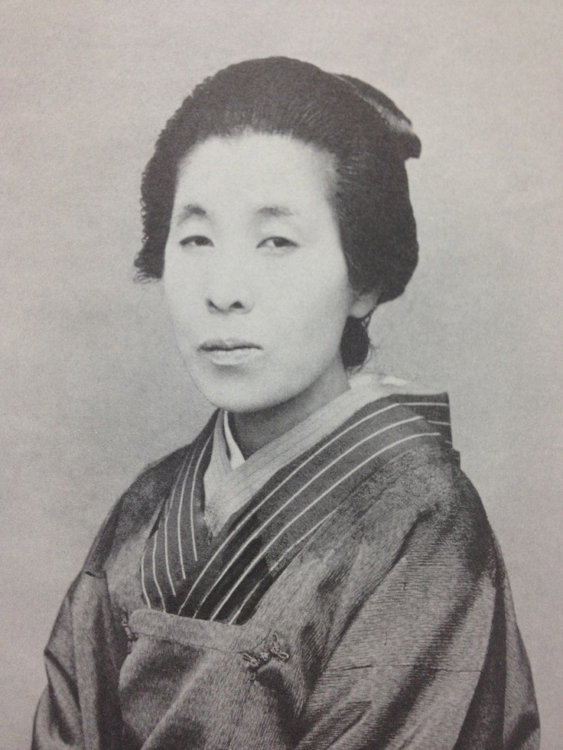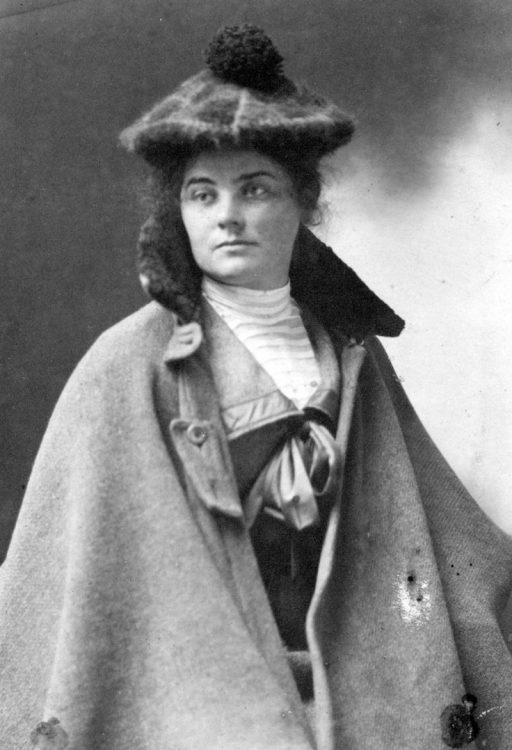Sylvia Lee Goh
Izuwan Musa, Eddy, Abdullah, Sarena, “Iconological Analysis of Peranakan’s Intimate Lifestyle: A Case Study of Sylvia Lee Goh’s ‘Woman, Oh! Woman’ Painting Series,” Wacana Seni: Journal of Arts Discourse, vol. 16, 2017, p. 135–162
→Abdullah, Sarena, “Peranakan Imageries in the works of few selected Malaysian and Singaporean artists (1980s-2017)”, in Sooi Beng, Tan (ed.), Eclectic Cultures for All: The Development of the Peranakan Performing, Visual and Material Culture Penang, Penerbit, USM Publisher, 2019, p. 241–267
→
Sei Hon, Tan, “Painting the only way she knows how: The unique artistry of self-taught painter Sylvia Lee Goh”, in Sylvia Lee Goh—Dulu dan kini: Jiwa abadi, Then and Now: The Enduring Heart, exh. cat., National Visual Art Gallery, Kuala Lumpur (28 July–22 December, 2015), Kuala Lumpur, National Visual Art Gallery, 2015, p. 10–17
Sylvia Lee Goh—Dulu dan Kini: Jiwa Abadi [Then and Now: The Enduring Heart], The Penang State Art Gallery, Dewan Sri Pinang, 1–30 April, 2016
→Sylvia Lee Goh—Dulu dan Kini: Jiwa abadi [Then and Now: The Enduring Heart], Kuala Lumpur, National Visual Art Gallery, 28 July–22 December, 2015
→Sylvia Lee Goh: A Malaysian Artist – Two Decades of Art “From the Heart” 1978–1998, National Art Gallery, Kuala Lumpur, 3–24 May, 1998
Malaysian visual artist.
Sylvia Lee Goh was born into a long-established Peranakan family – descendants of Chinese settlers in the Malay archipelago of mixed local and foreign ancestry. A self-taught artist, S.L. Goh is renowned for her unique visual interpretations of Peranakan life, particularly through her still life paintings, self-portraits and richly detailed scenes of Nyonya – Peranakan women – engaged in everyday activities.
Spanning four decades, her practice culminated in her two landmark solo exhibitions entitled Two Decades of Art: From the Heart 1978–1998 (1998) at the National Art Gallery of Malaysia and Dulu dan Kini: Jiwa Abadi/Then and Now: The Enduring Heart, at the National Visual Arts Gallery, Kuala Lumpur (2015). She was working on her third solo exhibition when she was diagnosed with cancer and died in 2021.
S. L. Goh developed her own distinctive painting style around her identity as a peranakan, guided by instinct, memory and cultural pride, centring on themes of femininity, nostalgia, ritual and cultural identity. Her scenes blend narrative intimacy with decorative elegance, portraying the rituals, camaraderie and refined etiquette of the Baba and Nyonya culture – in other words, of Peranakan men and women. Her paintings often feature women in the traditional long sleeved blouse or kebaya, intricate household altars, wedding scenes as in Red Bride (1996) and intimate moments of Nyonya domestic life. These include women dressed in traditional Nyonya kebaya, delicately posing in lush garden settings or interiors adorned with symbolic objects such as ancestral altars, Peranakan porcelain in Chinoiserie in Blue (2013–2014), ceremonial baskets (bakul siah) and Nyonya kuehs or snack delicacies.
S. L. Goh’s paintings are primarily visual autobiographies – deeply personal recollections of her own bygone domestic life that are at once nostalgic and celebratory. For example, in her Woman Oh! Woman Series (1988–2014), S. L. Goh paid tribute to her friend, Maimun Din, who inspired her early artistic journey. This series captures the warmth and dignity of female friendship, set against motifs of nature, tradition and the impermanence of life which could be observed in Woman, Oh! Woman, “My Friend, My Sister!” (2008–2014). Through the layering of everyday symbolism – the letters, food, gardens and textiles that appear in her series – S. L. Goh expresses a philosophical connection to mortality, memory and legacy.
S. L. Goh’s dedication to capturing the “spirit” rather than the spectacle of her subjects through her artworks resists the exoticisation of Peranakan culture, focusing instead on its lived experience and the private moments of the Peranakan. S. L. Goh’s work stands as a vital contribution to Malaysian visual culture – an artistic preservation of Peranakan heritage through painting that is at once historical document, emotional diary and aesthetic expression.
A biography produced as part of the programme The Flow of History. Southeast Asian Women Artists, in collaboration with Asia Art Archive
© Archives of Women Artists, Research and Exhibitions, 2025


